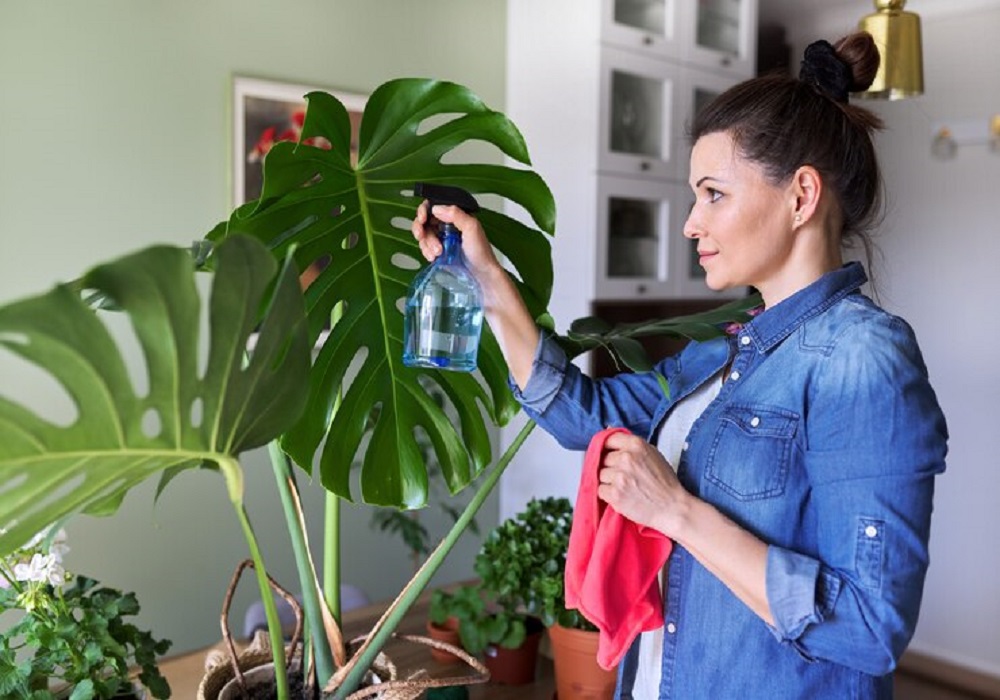Home Gardening Tips for Beginners: From Seeds to Blooms
In the bustling world we live in, there’s something profoundly rewarding about cultivating a patch of greenery right at home. Whether you’re seeking solace in nature, aiming to eat fresher produce, or simply want to beautify your surroundings, home gardening offers a fulfilling journey from seeds to blooms. In this comprehensive guide, we’ll explore essential home gardening tips for beginners to help them embark on their gardening adventure.
1. Home Gardening Tips For Beginners: Start with the Right Seeds
Tips for Beginners: Selecting the appropriate seeds is essential for achieving a flourishing garden. Opt for high-quality seeds from reputable suppliers, ensuring they’re suitable for your region and climate. Consider factors like sunlight requirements, soil type, and available space when selecting seeds for your garden.
2. Prepare the Soil
A flourishing garden begins with nutrient-rich soil as its cornerstone. Before planting, assess your soil’s texture, pH level, and nutrient content. Amend the soil as needed by adding compost, organic matter, or fertilizers to improve its quality and ensure optimal growing conditions for your plants.
3. Plan Your Garden Layout
Take time to plan your garden layout, considering factors like plant spacing, sunlight exposure, and aesthetic appeal. Sketch a rough layout to visualize where each plant will go, ensuring proper placement for optimal growth and easy access for maintenance tasks like watering and weeding.
4. Plant with Care
When planting your seeds or seedlings, handle them with care to avoid damaging delicate roots or stems. Follow planting instructions provided on seed packets or plant labels, ensuring proper depth, spacing, and watering techniques for each type of plant.
5. Provide Adequate Watering
Home Gardening Tips: Ensuring adequate water supply is crucial for healthy plant growth. Maintain regular watering in your garden, aiming for soil that’s consistently moist but not saturated. Employ a watering can, hose, or drip irrigation system to target water delivery directly to the plant’s roots, reducing waste and optimizing absorption.
6. Weed and Mulch Regularly
Weeds compete with your plants for essential nutrients, water, and sunlight. Keep your garden weed-free by regularly pulling out weeds by hand or using mulch to suppress weed growth. Organic mulches like wood chips, straw, or shredded leaves not only help control weeds but also improve soil health and moisture retention.
7. Monitor for Pests and Diseases
Keep a close eye on your plants for signs of pests or diseases, such as chewed leaves, discolored foliage, or wilting. Identify and address pest and disease issues promptly to prevent further damage to your garden. Consider using organic pest control methods like neem oil, insecticidal soap, or companion planting to manage pests naturally.
8. Feed and Fertilize as Needed
Plants require essential nutrients to thrive and produce healthy blooms. Supplement your soil with organic fertilizers or compost to replenish nutrients and promote vigorous growth. Follow recommended feeding schedules and application rates to avoid over-fertilizing, which can harm your plants and disrupt soil balance.
9. Prune and Support Your Plants
Pruning helps maintain the shape and health of your plants, encouraging better airflow, light penetration, and fruit production. Remove dead or diseased branches, as well as any overcrowded or crossing stems, to improve overall plant vigor. Provide support for tall or heavy plants like tomatoes, peppers, or cucumbers using stakes, cages, or trellises to prevent them from bending or breaking under their own weight.
10. Enjoy the Fruits of Your Labor
Finally, take time to appreciate the beauty and bounty of your garden as it grows and flourishes. Harvest ripe fruits, vegetables, or flowers regularly to encourage continuous production and enjoy the satisfaction of growing your own food or creating stunning floral arrangements from your backyard.
By following these home gardening tips for beginners, even novice gardeners can cultivate a thriving garden full of vibrant blooms and delicious harvests. Remember that gardening is a journey of learning and experimentation, so don’t be afraid to try new things and adapt to the unique needs of your plants and environment. Happy gardening!
Conclusion
Home gardening tips for beginners: Home gardening offers a fulfilling experience for beginners, from sowing seeds to watching blooms unfurl. By starting with the right seeds, preparing the soil, planning your garden layout, and providing proper care and maintenance, you can cultivate a thriving garden right at home. With patience, dedication, and a love for plants, anyone can enjoy the rewards of home gardening.
Frequently Asked Questions (FAQs)
1. How often should I water my garden?
Regularly check the soil moisture by inserting your finger into the soil near the plant’s roots. Water deeply when the top inch of soil feels dry, usually once or twice a week, and adjust as necessary depending on environmental conditions.
2. What can I do to prevent pests and diseases in my garden?
Home gardening: Preventing pests and diseases begins with maintaining healthy plants and soil. Practice good garden hygiene by removing debris, weeds, and diseased plant material regularly. Encourage natural predators like ladybugs, birds, and beneficial insects to help control pest populations. Rotate crops, use resistant plant varieties, and avoid overcrowding plants to reduce the risk of disease outbreaks. Monitor your garden regularly for signs of pests or diseases, and address issues promptly to prevent them from spreading.
3. How do I know when to harvest fruits and vegetables from my garden?
Harvesting times vary depending on the type of plant and its growth stage. Refer to seed packets or plant labels for specific harvesting guidelines for each crop. In general, fruits and vegetables are ready to harvest when they reach peak ripeness, indicated by their color, size, and texture. For example, tomatoes should be firm and fully colored, while leafy greens are best harvested when young and tender. Use a sharp knife or scissors to harvest produce, cutting it from the plant without causing damage.
Read Also – Expert Tips for Indoor Gardening in Rajasthan: A Green Guide






